Humanizing Agility
Innovation Excellence
OCTOBER 20, 2024
GUEST POST from Janet Sernack Like many others, I invested time in isolation during the pandemic to engage in various online learning programs.
This site uses cookies to improve your experience. To help us insure we adhere to various privacy regulations, please select your country/region of residence. If you do not select a country, we will assume you are from the United States. Select your Cookie Settings or view our Privacy Policy and Terms of Use.
Cookies and similar technologies are used on this website for proper function of the website, for tracking performance analytics and for marketing purposes. We and some of our third-party providers may use cookie data for various purposes. Please review the cookie settings below and choose your preference.
Used for the proper function of the website
Used for monitoring website traffic and interactions
Cookies and similar technologies are used on this website for proper function of the website, for tracking performance analytics and for marketing purposes. We and some of our third-party providers may use cookie data for various purposes. Please review the cookie settings below and choose your preference.

Innovation Excellence
OCTOBER 20, 2024
GUEST POST from Janet Sernack Like many others, I invested time in isolation during the pandemic to engage in various online learning programs.
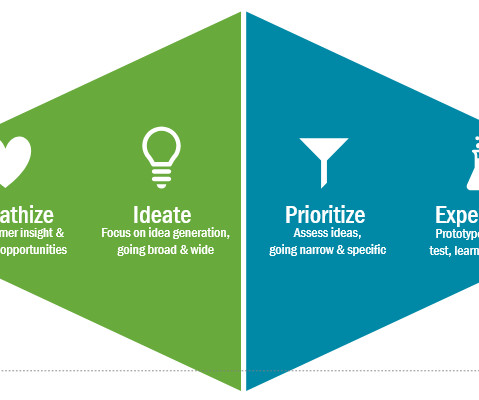
Leapfrogging
MARCH 21, 2025
What is the Design Thinking Toolkit? The Design Thinking Toolkit provides practical tools and frameworks that help organizations innovate, solve complex problems, and drive growth. Getting Started with the Design Thinking Toolkit Applying Design Thinking effectively requires a structured approach.
This site is protected by reCAPTCHA and the Google Privacy Policy and Terms of Service apply.
From Rigid To Resilient: Why Enterprises Need Modular Commerce Now
How to Achieve High-Accuracy Results When Using LLMs
Relevance, Reach, Revenue: How to Turn Marketing Trends From Hype to High-Impact
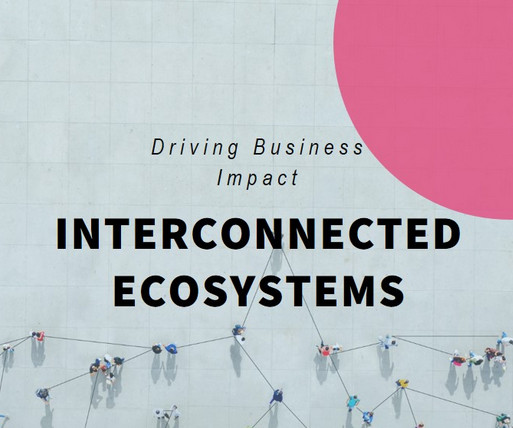
Paul Hobcraft
APRIL 4, 2025
I realized through piloting and engaging there was this important need to build out the support behind this framework to guide those recognizing its value through every stage- from readiness assessments and partner selection to governance models and performance management.
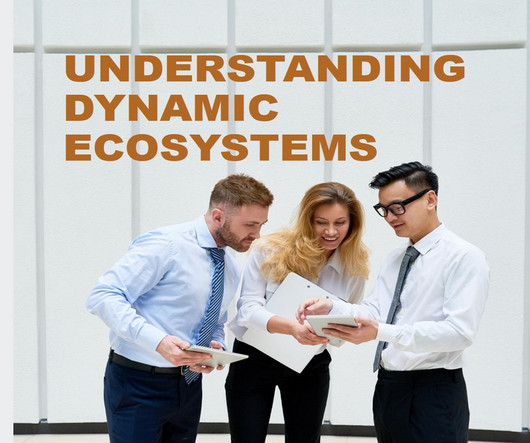
Paul Hobcraft
JANUARY 27, 2025
They unwrap and apply some clever thinking applying the principals and telling the dynamic ecosystem story in a very different, engaging way. The emphasis is on agile governance, ecosystem sensing, knowledge sharing and human exchanges. Let them tell the Dynamic Ecosystem story This a deep dive over just under 16 minutes.
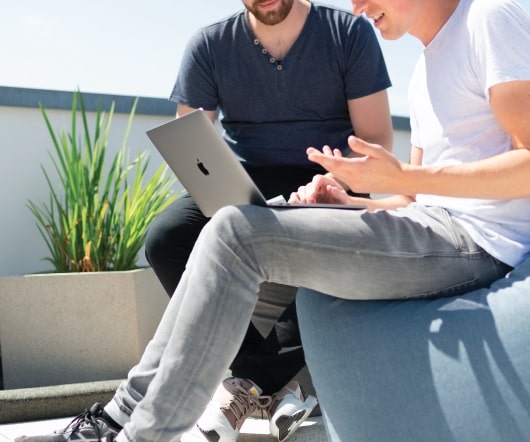
Paul Hobcraft
SEPTEMBER 15, 2017
I have argued in the past that innovation management needs to radically adjust and needs to be designed differently, it needs to be highly adaptive. I’d like to offer some views, partly looking out to the future, partly considering what is potentially within our grasp, if we step back and rethink innovation design.
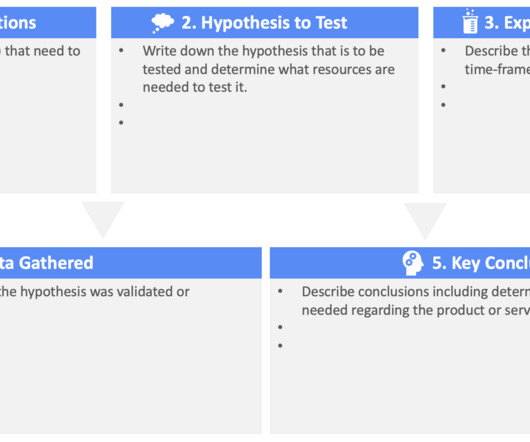
Leapfrogging
MARCH 26, 2025
The Experiment Canvas is a structured template used to design, test, and evaluate assumptions behind new ideas. It is widely used in agile innovation, design thinking, lean startup, and product development methodologies. Design the Experiment Choose the best method to test the hypothesis. What is the Experiment Canvas?

Paul Hobcraft
SEPTEMBER 26, 2022
Finding the new building blocks of innovation ecosystem design and thinking. Why change our thinking and designing around innovation ecosystems?“. For me, ecosystem thinking and design offer fresh ways for accelerating mutual learning, and through this innovation, outcome potential for sharing and knowledge building.
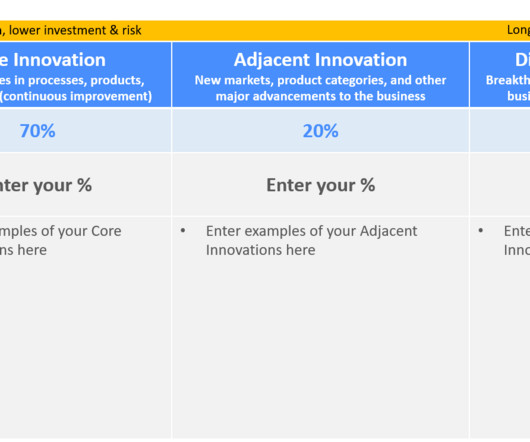
Leapfrogging
MARCH 26, 2025
This model is designed to help organizations strike a balance between optimizing current operations and exploring new frontiers. Getting Started with the 70-20-10 Innovation Rule Implementing the 70-20-10 model requires deliberate planning, stakeholder engagement, and a dynamic approach to innovation portfolio management.
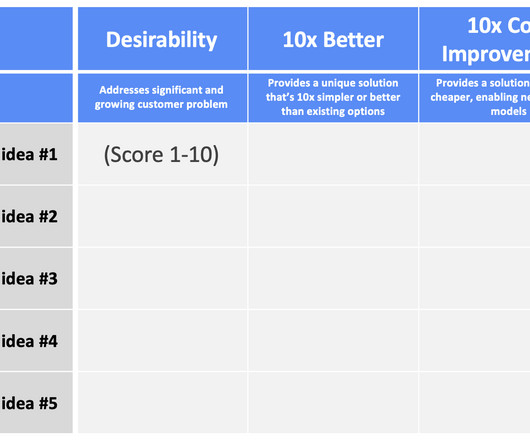
Leapfrogging
MARCH 26, 2025
Experiment with alternative distribution, pricing, or engagement strategies. This approach encourages organizations to challenge industry orthodoxy and design innovations that meet latent or emerging needs, often leading to breakthrough value creation. Investing in capabilities that support continued agility and iteration.
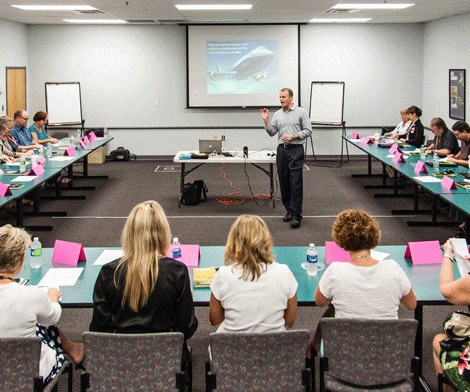
Leapfrogging
APRIL 1, 2025
By integrating AI into organizational design, you can streamline processes, improve decision-making, and optimize resource allocation. Benefits of Incorporating AI in Organizational Design Incorporating AI into organizational design offers numerous benefits that can significantly enhance your organization’s efficiency and effectiveness.
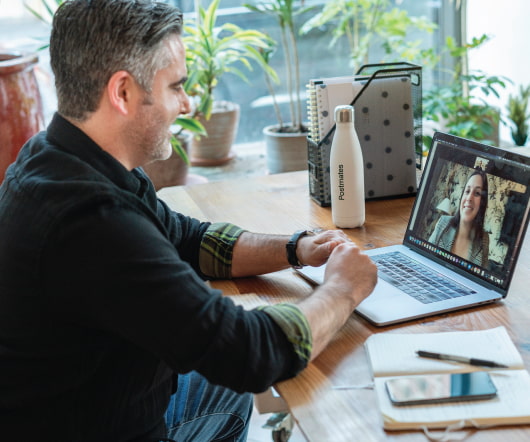
Paul Hobcraft
AUGUST 4, 2017
Let me summarize where we are today in design thinking. In the past couple of weeks, I have been spending a fair amount of time on investigating design thinking. This is part one of my thoughts that came out of investigating and researching design thinking in the past couple of weeks.

Paul Hobcraft
OCTOBER 24, 2024
Pitching the reasons to change to Innovation Ecosystems in thinking and design So after working through the values of the Innovation Ecosystem over a series of three posts I asked Chat GPT to help me in making a pitch for the change from existing internal orientated innovation processes and structures.

Ecosystems4Innovating
OCTOBER 14, 2024
Dynamic Ecosystems build future ecosystem resilience and including participation as the core to thinking evolution and discovery, to exploit and expand to what is possible, through ecosystem-centric thinking and design. The post How critical Dynamic Ecosystems are to any Ecosystem Design first appeared on Business Innovation Ecosystems.

Leapfrogging
APRIL 3, 2025
The Build-Measure-Learn Feedback Loop is a core concept from the Lean Startup methodology, designed to help organizations test new ideas quickly and learn from real customer feedback. It promotes agility, customer focus, and data-driven decision-making by minimizing time and resource waste on ideas that may not deliver value.
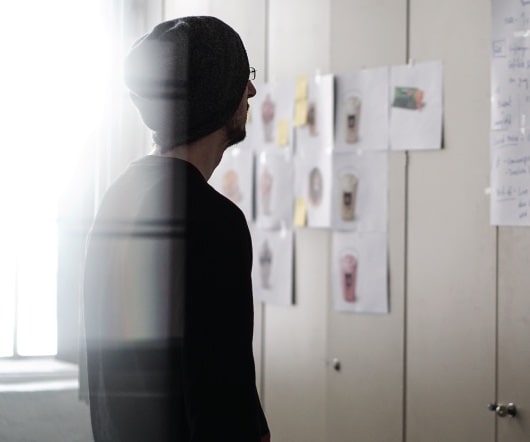
Paul Hobcraft
OCTOBER 17, 2024
Within a short series about Innovation Ecosystems this post asks what really are the distinct differences within innovation ecosystem thinking and design, to provide a set of common distinguishing points to move from “just” open innovation. What distinguishes an Innovation Ecosystem from Open Innovation?
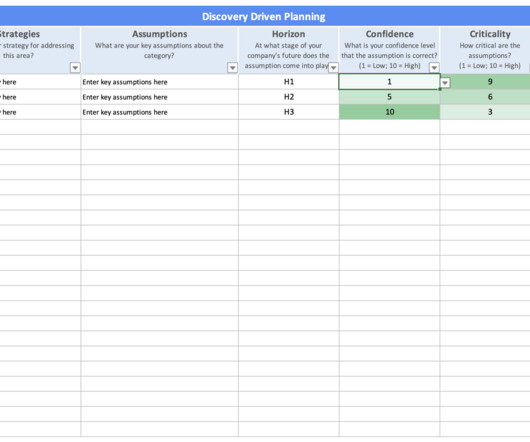
Leapfrogging
MARCH 26, 2025
Instead of building a rigid business plan based on speculative projections, DDP encourages teams to identify key uncertainties, design experiments, and refine the strategy as new information emerges. Design Learning Milestones Set checkpoints where you will test assumptions and evaluate progress. User engagement or retention metrics.

Leapfrogging
JANUARY 7, 2025
Agenda Design for Maximum Impact Structuring a killer agenda isnt rocket science but needs some finesse to keep heads in the game and not in the clouds. Get folks talking, questioning, and engaging. The post Crafting Powerful Strategic Offsite Meeting Designs first appeared on Innovation Keynote Speaking & Workshops.

Paul Hobcraft
FEBRUARY 1, 2018
I have written extensively, certainly over the past eighteen months, about our need to take innovation into a new era, designed for today and tomorrow’s “fit for purpose” Below you will see my view of how I see this sketched out, as my suggested concept outline. I’d love to engage on this to realize its potential.
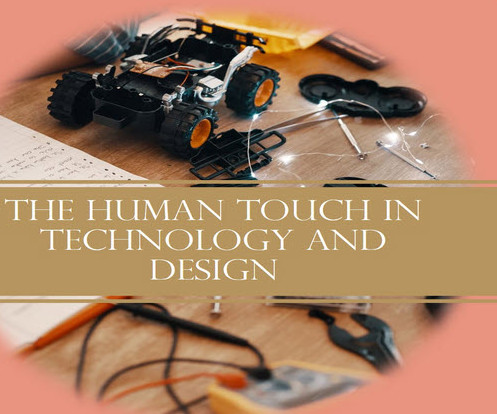
Paul Hobcraft
MARCH 20, 2024
Adopting ecosystem thinking and design , combined with Generative AI, has the impact of augmenting, automating, and rapidly scaling innovation in significantly different ways than ever before. The post Achieving an Ecosystem AI-driven innovation engagement process first appeared on Paul4innovating Innovation Views.
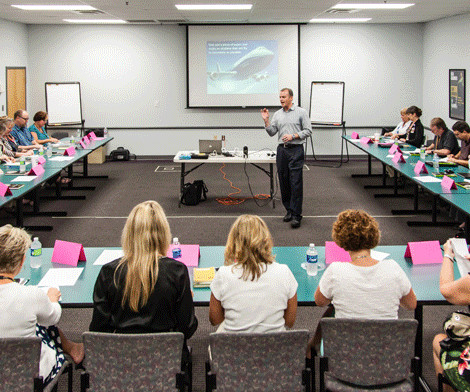
Leapfrogging
APRIL 1, 2025
Personalized Employee Development : AI-driven platforms can tailor learning and development programs to the specific needs of each employee, fostering continuous growth and engagement. AI algorithms can analyze employee performance data, including productivity metrics, engagement scores, and feedback from peers and managers.

Leapfrogging
MARCH 18, 2025
Get instant strategy processes Get expert tools & guidance Lead projects with confidence Learn More Getting Started with the First Mover Advantage To successfully capture first mover advantage, organizations must plan meticulously and execute with agility. The following steps outline a structured approach to harnessing this advantage: 1.

Leapfrogging
MARCH 14, 2025
Increasing motivation and engagement Helps employees and teams stay accountable for their performance. Facilitating agile adaptation Allows for adjustments based on performance trends and market changes. Increase online sales conversion rate by 5% through improved website UX design. What tools or systems will track data?

Leapfrogging
MARCH 14, 2025
Supporting continuous learning and adaptation Helps businesses stay agile and responsive to market shifts. For example, Netflix uses KPIs like viewer engagement, retention rates, and content performance to optimize its streaming platform and improve user experience. Establish regular performance review meetings.
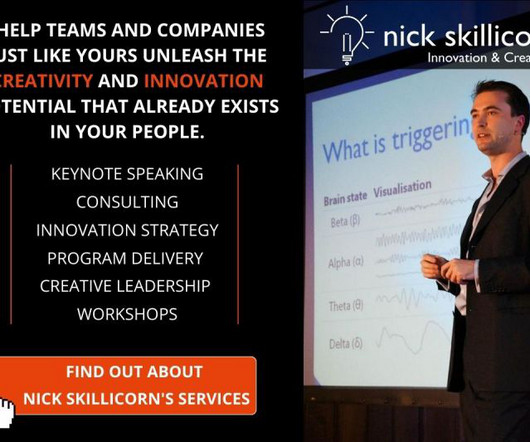
Idea to Value
JANUARY 17, 2025
Heres how this works in practice: Engage with High-Quality Feedback : Instead of relying on hundreds of survey responses, have deep, meaningful conversations with a smaller group of potential customers. Design a test to validate or invalidate this assumption quickly and cheaply. Every idea is born ugly.
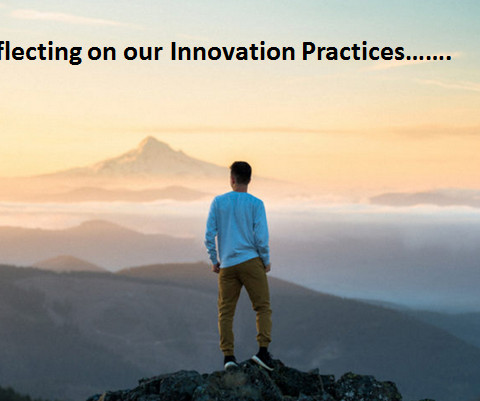
Paul Hobcraft
MARCH 11, 2025
Yet we must make the case for innovation to change before it is to late So what are many of those changing conditions in innovation practice?
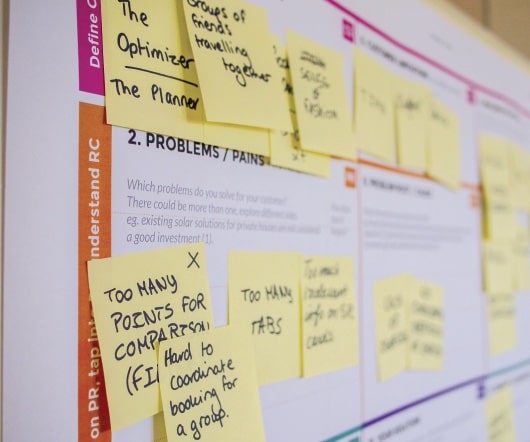
Leapfrogging
DECEMBER 10, 2024
By leveraging best practices, such as agile product development and new product development strategies , you can mitigate risks and set the stage for successful product launches and service rollouts. Here’s how you can combine these approaches: Design Thinking : Begin with empathy.
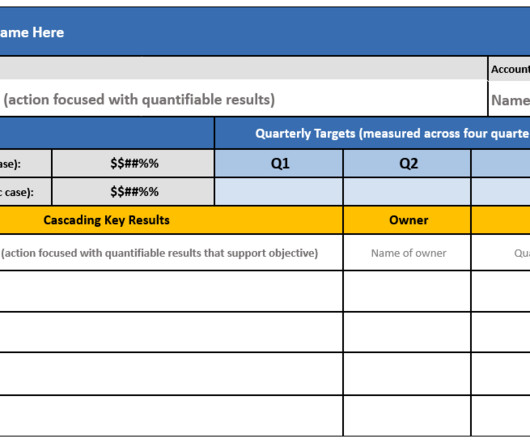
Leapfrogging
MARCH 11, 2025
Improve agility by enabling regular goal adjustments. Enhances Motivation and Engagement Encourages teams to set ambitious, inspiring objectives. T ime-bound Designed for a specific timeframe (e.g., Agile Planning Frameworks – Ensures adaptability and continuous iteration. quarterly, annually).

Leapfrogging
MARCH 27, 2025
Adaptive Learning : AI-driven adaptive learning techniques can adjust the difficulty and content of training materials in real-time, providing a tailored learning experience that maximizes retention and engagement. This approach not only enhances skill development but also increases employee engagement and satisfaction.
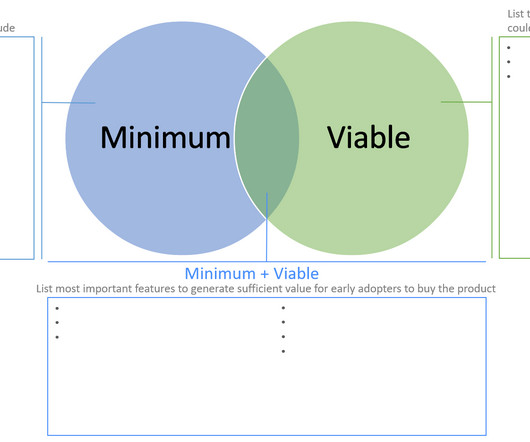
Leapfrogging
APRIL 3, 2025
It validates assumptions about user behavior, pricing, and engagement. If users engage regularly and express interest in additional functionality, the team can expand with confidence. Product managers, designers, developers, and marketers rally around user feedback as the primary source of direction.

Tullio Siragusa
JUNE 7, 2022
Design Thinking Applied to M&A Integration. The failure rate increases due to insufficient integration design and planning or faulty integration planning. Most of the failures point to a lack of design and alignment with people’s needs. This is where Design Thinking can be of tremendous value. There is a better way.

Paul Hobcraft
NOVEMBER 2, 2020
They can, through shared platforms achieve a closer relationship with the customer, to understand their needs and experience through increased collaboration, and engagement. This calls for some radical rethinking of the existing business and deciding the design of the future business. We are at a critical point of change.
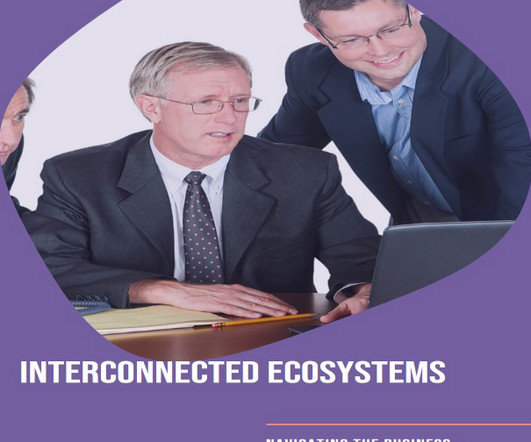
Paul Hobcraft
MAY 26, 2024
The framework looks to 1) tap into collective intelligence, 2) accelerate innovation by cross-pollination, 3) enhance resilience and agility, 4) deliver superior customer experience, and 5) optimize resource utilization across the parties sharing in this interconnected ecosystem. Post two : Interdependence and Feedback Loops.
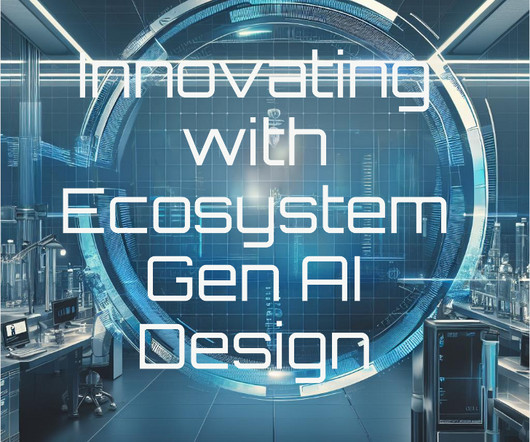
Paul Hobcraft
NOVEMBER 21, 2023
Innovation thinking in Ecosystem and Gen AI design I believe there is a real need to construct a different innovation process. For me, ecosystem innovation and generative AI have arrived at that pivotal point to significantly influence future innovation design. Innovation needs reinventing.
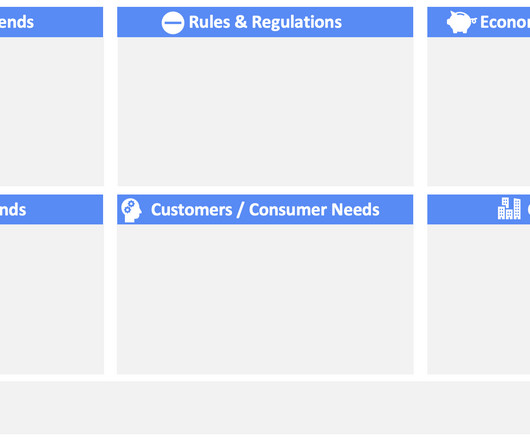
Leapfrogging
MARCH 26, 2025
The Context Map Canvas is a strategic tool designed to help organizations understand and navigate the external factors that influence innovation and business performance. Spot emerging trends and opportunities to inform product or service design. What is Context Map Canvas? This ensures a holistic view and builds shared understanding.
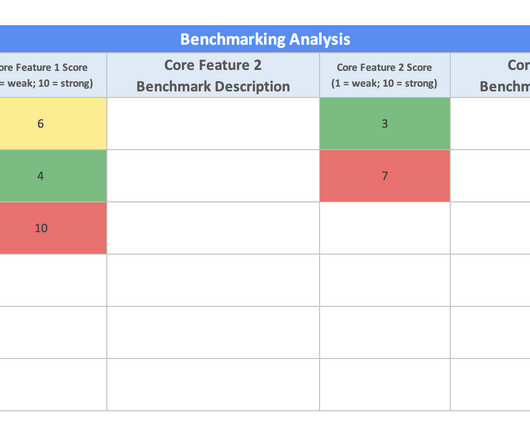
Leapfrogging
MARCH 26, 2025
In the innovation context, it is a vital diagnostic and planning tool that guides decisions related to product design, process improvements, market positioning, and organizational transformation. Incorporate benchmarking findings into strategic planning cycles, design thinking workshops, or agile backlogs.

Paul Hobcraft
OCTOBER 2, 2023
Exploring the interplay between Humans, Technology and AI for design thinking Why is design thinking regarded as so crucial to the future of innovation in a world of accelerating interplays between humans, technology and generative AI? Moving to the edge : Organizations are becoming more agile by adopting an “edge” approach.
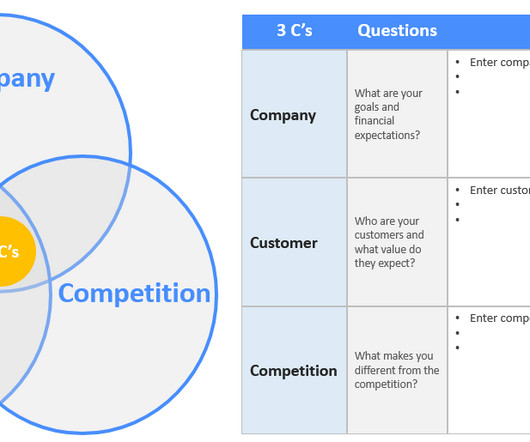
Leapfrogging
MARCH 20, 2025
For example, Apple uses the 3Cs framework to align customer expectations (premium, high-quality products), company strengths (design, brand loyalty, ecosystem integration), and competitor positioning (offering unique innovations that rival Samsung and Google). Create long-term value for both customers and the company.

Leapfrogging
NOVEMBER 8, 2024
Flexibility : Innovation gives your business the agility to dodge and weave with market changes. For a deeper dive into mixing creativity with planning, have a look at our article on using design thinking to shape your game plan. Agile’s all about being quick on your feet and staying nimble with projects.

Planview
DECEMBER 8, 2021
Effectively selling Agile to executives is more than just getting the go-ahead for an Agile transformation. Because Agile includes a culture shift and a mindset change, as well as funding, you need executives to truly buy in to the approach. Senior leaders are a significant driver in the success rate of an Agile transformation.

Leapfrogging
MARCH 10, 2025
Discovery Driven Planning: A Practical Guide for Strategy Projects Discovery-Driven Planning (DDP) is a strategic approach designed for uncertain, high-risk initiatives , where traditional planning methods may not be effective. Adapt offerings based on real-world engagement. What is Discovery Driven Planning?
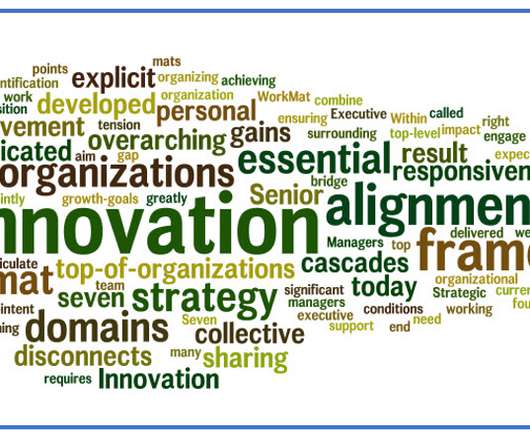
Paul Hobcraft
DECEMBER 22, 2021
In the fourth conversation between Jeffrey Phillips and myself around parts of the Executive Innovation Work Mat, we took on several different issues around the design, function, structure and process needs for innovation. The ability to manage innovation design, function, structure and process.
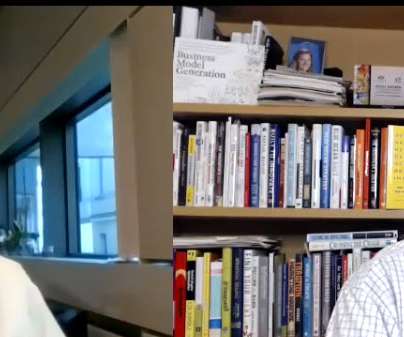
Paul Hobcraft
DECEMBER 7, 2021
We have actively collaborated and designed tools and frameworks over the years that we believe had some of our insights “baked” into them to offer valuable reference points to help us all work through connecting innovation in hopefully better ways. We call this the engagement- alignment gap.
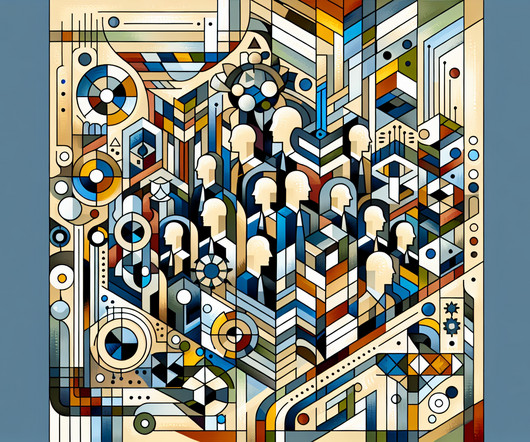
Leapfrogging
APRIL 3, 2024
It shapes the work environment, influences decision-making, and ultimately drives employee engagement and satisfaction. The Impact of Culture on Business Agility and Resilience Organizational culture is a powerful lever for enhancing business agility and resilience.

Leapfrogging
FEBRUARY 28, 2024
Introduction to Design Thinking Design thinking is a problem-solving approach that combines empathy, creativity, and rationality to meet user needs and drive successful business outcomes. Defining Design Thinking Design thinking involves five key stages: empathize, define, ideate, prototype, and test.
Expert insights. Personalized for you.
Are you sure you want to cancel your subscriptions?


Let's personalize your content